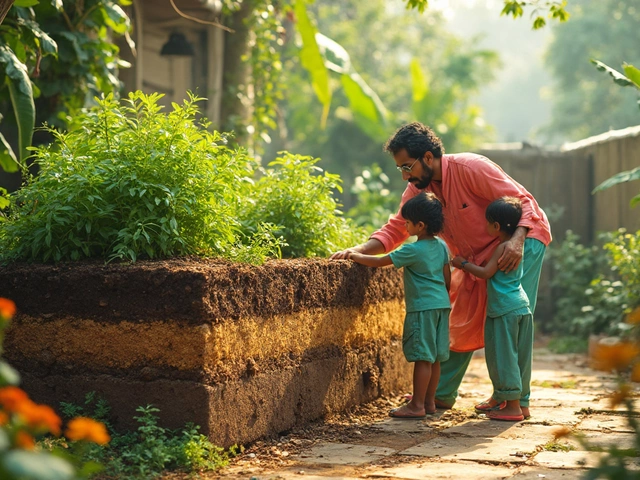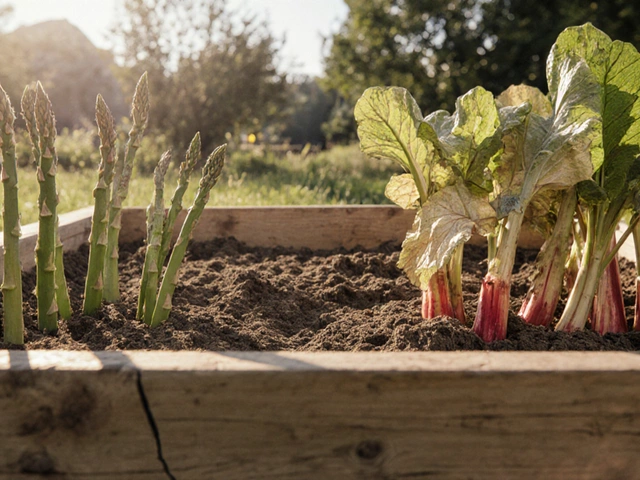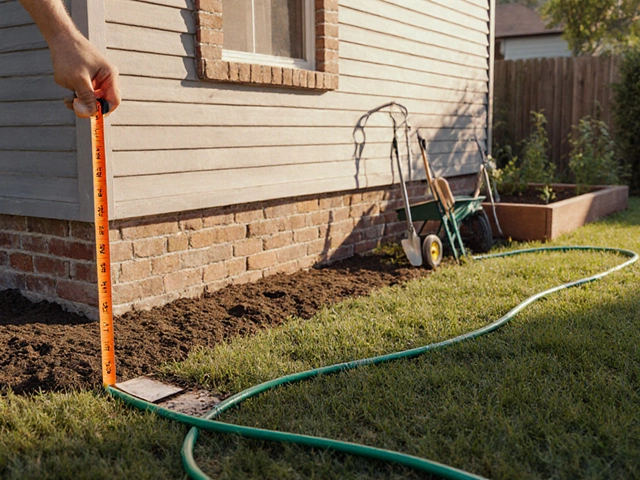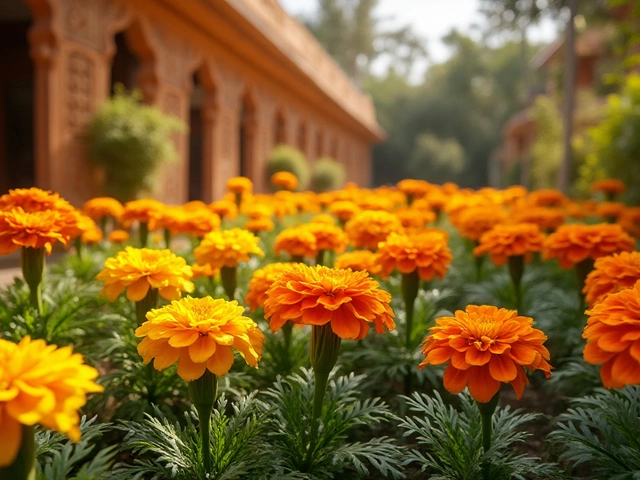Seasonal Flowers: When They Bloom and How to Care for Them
If you love a garden that’s always in color, you need to know which flowers shine at different times of the year. India’s climate gives us a wide range of blooming windows, so you can plan a garden that never looks dull. Below is a simple roadmap that tells you the best months for popular flowers and easy steps to grow them.
Blooming Months by Season
Winter (December‑February) brings cool nights and sunny days – perfect for marigolds, pansies, and the lucky marigold that many Indians consider a symbol of good fortune. These flowers love the mild chill and will fill your doorway with bright orange hues.
Spring (March‑May) is the party season for roses, hibiscus, and jasmine. The heat starts to rise, but the soil is still moist from the winter rains, letting these blossoms burst quickly. If you want a fast‑growing flowering tree, try the royal poinciana – it’s one of the fastest flowering trees in India and will give you shade plus blossoms within a few years.
Summer (June‑August) can be tough, but certain heat‑loving species like bougainvillea and lantana thrive. They love the intense sun and need less water once they’re established. Pair them with drip irrigation to save water and keep the roots happy.
Monsoon (September‑November) is the time for lilies, dahlias, and many native wildflowers. The rains give these plants the moisture they crave, so you’ll see a sudden splash of color in your garden. This is also the best period to plant new bulbs, as they will settle before the dry season hits.
Tips for Growing Seasonal Flowers
1. **Match flower to climate zone** – India has diverse zones, from the humid coast to the dry interior. Check a local planting calendar and pick varieties that naturally bloom in your region.
2. **Use the right soil** – Light, well‑draining soil works for most seasonal flowers. If your garden has heavy clay, mix in compost or sand to improve texture and prevent root rot.
3. **Water wisely** – Early morning watering reduces evaporation. For water‑wise gardeners, drip irrigation lines buried about 6‑8 cm deep work best; they deliver water directly to the root zone and keep foliage dry.
4. **Feed at the right time** – A balanced organic fertilizer applied at the start of the blooming season gives plants the nutrients they need for big, vibrant blooms. Avoid over‑fertilizing; too much nitrogen can make leaves grow at the expense of flowers.
5. **Trim and deadhead** – Removing spent flowers encourages new growth and keeps plants tidy. For fast‑growing trees, prune lightly in late winter to shape the canopy and improve airflow.
6. **Watch for pests** – Natural pest control works well for seasonal flowers. Neem oil, companion planting with garlic or marigold, and regular soil health checks keep bugs at bay without chemicals.
By aligning your plant choices with the natural blooming calendar and following these simple care steps, you’ll enjoy a garden that’s full of colour from winter to monsoon. Whether you’re after the most beautiful flower for a special occasion or the luckiest blossom to bring good vibes, India’s seasonal flower guide has you covered.
Discover Seasonal Blooms: India's Month-Specific Flowers
Exploring the fascinating world of flowers in India, this article delves into the blooms that adorn India's landscape during specific months. Readers will gain insight into the climate's influence on flowering cycles and discover which flowers to look for in each season. The article provides helpful tips for gardening enthusiasts to make the most of these temporal floral displays. Providing an appreciation for the diversity and beauty found across different regions of India.
About
Gardening
Latest Posts


Best Materials to Put in the Bottom of a Raised Garden Bed for Healthy Soil
By Alden Thorne Apr 24, 2025

Plants That Struggle in Raised Beds - What to Avoid
By Alden Thorne Oct 8, 2025

How Far Should a Garden Be From Your House? Practical Setback Guidelines
By Alden Thorne Oct 20, 2025

